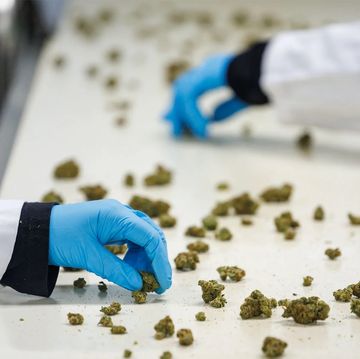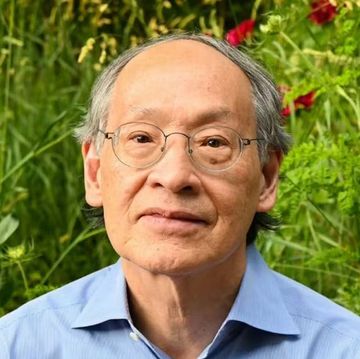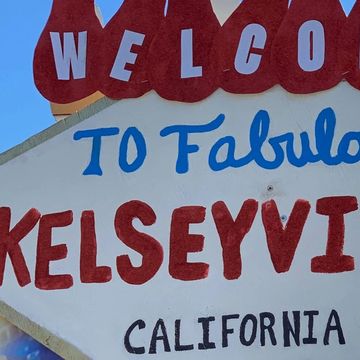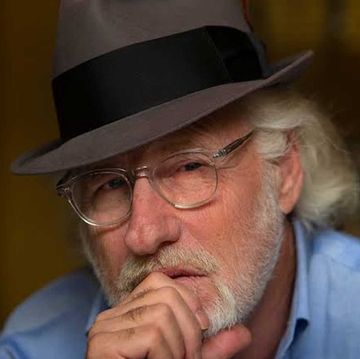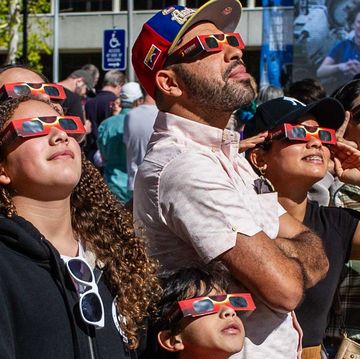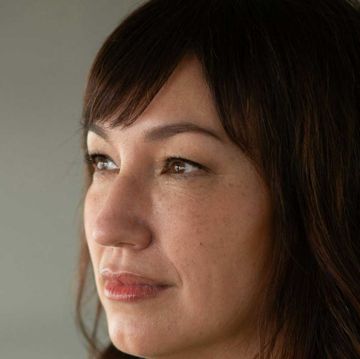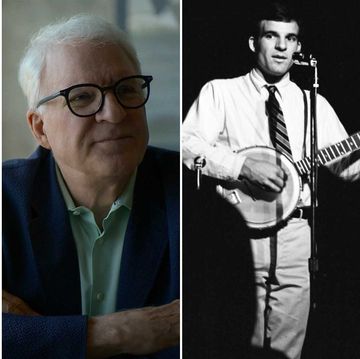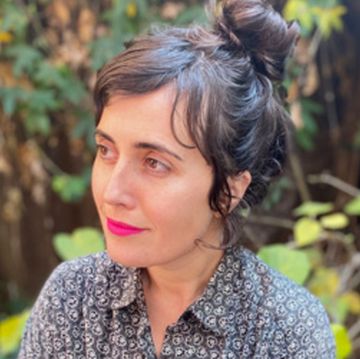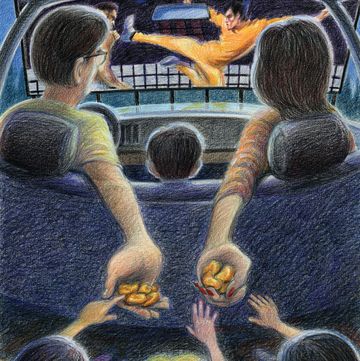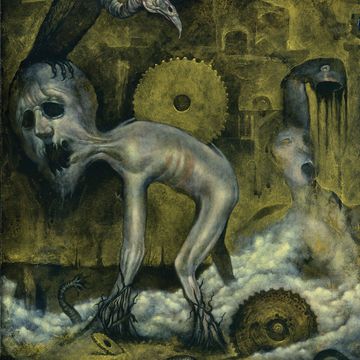The things I want to know are in books;
my best friend is the man who’ll get me a book I ain’t read.
—Abraham Lincoln
A couple of weeks ago, I walked to the door of a drab building in San Francisco’s Mission district. It was on a small side street. I was pretty sure I had the wrong address, since the building looked like it might be a garage. Maybe it was the ground floor of some kind of warehouse? But the numbers on the door matched the address on my iPhone, so I turned the knob and went in.
It turned out to be the studio of Adam Savage, the tinkerer, maker, and actor who cohosted the television series MythBusters. In every corner of the room stood objects of remarkable ingenuity. Collectibles hung from the rafters, and others were propped against walls or lying in drawers you could open. The space was filled with people, too; it took me a while to introduce myself to Savage—who said without any guile, You can touch anything; you can pick up anything. I don’t care if you break it, because I know how to fix it. A large portion of his collection was things related to space exploration, many of them replicas that he had constructed from scratch. He had even emptied George Lucas’s workshops of the raw materials used to create Star Wars’s spaceships and lightsabers.
In truth, the event was a fundraiser for the Smithsonian’s National Air and Space Museum, whose advisory board Savage had recently joined. Somebody with his inventiveness, creative spirit, and raw energy seems like a good choice to advise a museum.
The Air and Space Museum is undergoing a major remodeling. And while the federal government will pay for improvements to the building, private funds are needed to update the exhibits that tell the story of aviation and space exploration, from the ages before the Wright brothers to the James Webb Space Telescope and beyond.
That evening at Savage’s studio, one of the speakers was Chris Browne, a former fighter pilot and Top Gun graduate. He’s now the Air and Space Museum’s director, running an institution that draws millions of visitors every year.
This publisher’s note appears in Issue 27 of Alta Journal.
SUBSCRIBE
Browne is determined to make the museum’s galleries relevant to the present. One of the challenges he cited involved the Apollo moon missions. If you were born after the 1970s, these events were not part of your personal experience. So how should the museum depict what really happened? How to tell the story of a very large group of civilians and military personnel—with a very large range of skills—joining together to create something so extraordinary?
His questions rang true to me. Why did Apollo work? Browne identified four elements of the mission’s success.
First, a strong vision: President John F. Kennedy articulated this in his famous 1962 speech “We Choose to Go to the Moon.” Next, devoted resources: The United States committed billions of dollars and 400,000 workers to the program. Third, a willingness to take chances: Each mission posed risks, particularly Apollo 8, which a NASA director gave 50-50 odds of succeeding. Finally, human ingenuity: This was the final element and perhaps the true “secret sauce.”
I started to think about how the confluence of these elements has been rare in human history. Later that same week, I visited the de Young Museum exhibition of Sandro Botticelli’s drawings. One of its themes was a recognition that the Italian Renaissance emerged from several dark ages: of ignorance, of brutality, and of a turning away from science, learning, and multicultural experience. This great rebirth seemed like an earlier example of a time when Browne’s four elements came together: a new vision of the human condition; the resources of the Medicis; a willingness to challenge the Church and old ways of thinking; and the ingenuity of Botticelli, Michelangelo, Leonardo da Vinci, and others.
I also thought about the team at Alta Journal, how we’re trying to bring about change for our members—learners, explorers, and technologists—by creating a new experience that’s both valuable and long-lasting. This is why Alta is so enthused about the people who write, publish, and sell books—and, of course, the readers who make it all possible. It’s another coming together of many skills, creative and practical.
I’m a regular bookstore visitor who always ends up buying a few more things than I planned. It’s one of the pleasures of my life to meet the people who write books; do the thinking, reporting, feeling, sharing, editing; and keep the publishing industry alive.
It’s a rare thing and might be the seed of a renaissance we can hardly imagine.•
Will Hearst is the editor and publisher of Alta Journal, which he founded in 2017. He is the board chair of Hearst, one of the nation’s largest diversified media and information companies. Hearst is a grandson of company founder William Randolph Hearst.

